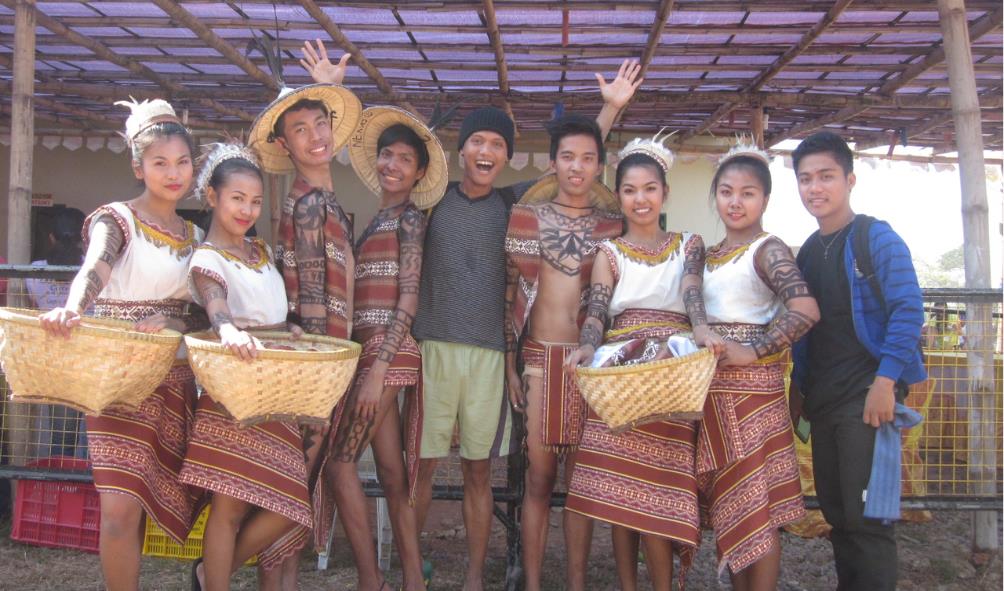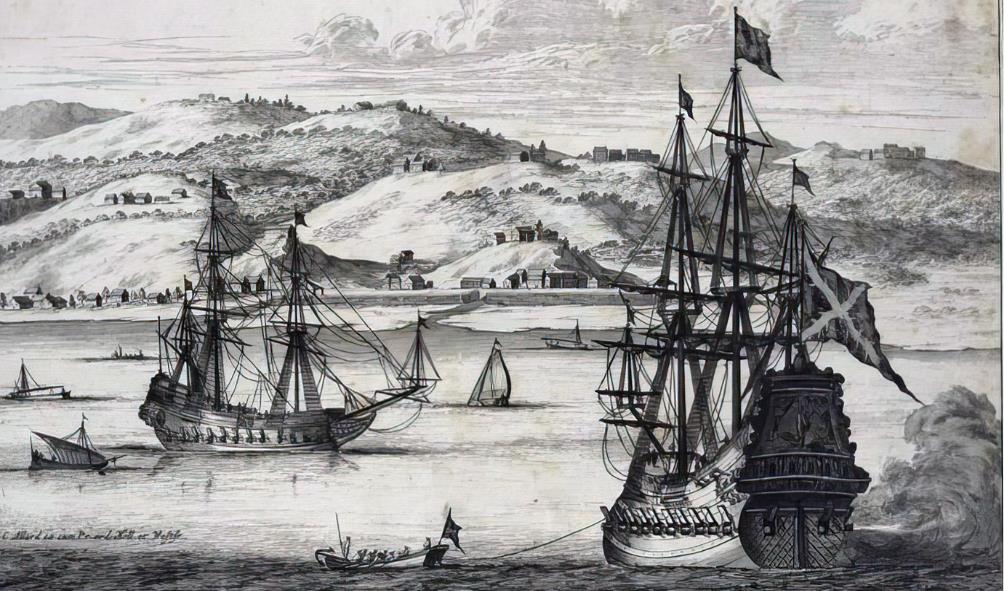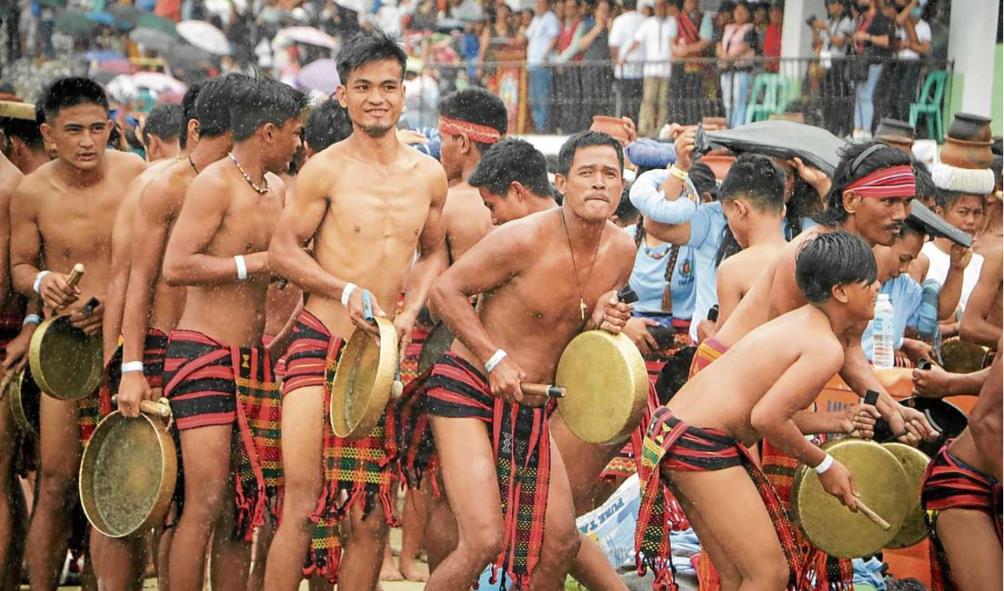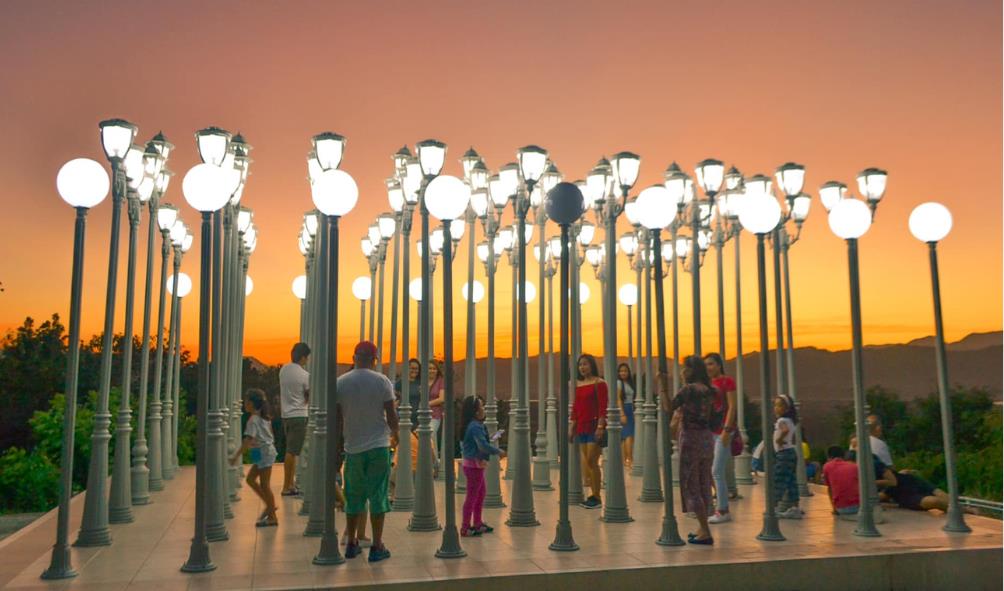
When you think about the history of Abra, it’s fascinating to consider the Indigenous settlements that thrived long before the Spanish arrived. These communities had rich social structures and trade networks. But then, the Spanish colonization changed everything, introducing new beliefs and systems that sparked conflict. This struggle for identity and independence shaped Abra's journey. What happened next reveals much about the resilience and spirit of its people.
Early Indigenous Settlements
Long before colonization, the region now known as Abra was home to various Indigenous groups who thrived in its rich landscapes.
You'd find diverse communities, each with unique cultures, languages, and traditions. They relied on the abundant resources, from fertile lands for agriculture to rivers teeming with fish.
These groups established intricate social structures, formed trade networks, and developed spiritual beliefs deeply connected to nature.

You'd witness their craftsmanship in tools, pottery, and woven textiles, reflecting their creativity and skills.
As you explore the area, you'd uncover ancient dwellings and artifacts that tell stories of resilience and adaptation.
Understanding these early Indigenous settlements gives you a deeper appreciation for Abra’s heritage and the enduring legacy of its original inhabitants.
Spanish Colonization and Its Impact
As Indigenous communities thrived in Abra, the arrival of Spanish colonizers in the 16th century drastically changed the region's landscape and social fabric.
You'd witness the imposition of foreign governance, which disrupted traditional leadership structures. The Spanish introduced Christianity, converting many locals while eroding Indigenous beliefs and practices.

You'd notice new agricultural methods and crops, transforming local economies and lifestyles. The Spanish also established towns, bringing infrastructure but often at the expense of Indigenous autonomy.
This colonization period brought both conflict and collaboration, as some Indigenous groups allied with the Spanish for protection against rival tribes.
Ultimately, these changes laid the groundwork for a complex cultural tapestry that still influences Abra today, blending Indigenous and Spanish legacies.
The Fight for Independence
While the Spanish colonization brought significant changes to Abra, it also sparked a growing desire for independence among its people. You can see how the oppressive rule fueled a spirit of resistance.
Local leaders began to rally the community, advocating for freedom and self-governance. The struggle wasn't just about battling the Spanish; it was also about reclaiming identity and heritage.

You might notice that the people of Abra organized revolts and joined larger movements, seeking to unify against colonial powers. They bravely fought, often facing harsh consequences, but their determination never wavered.
As you explore this period, you’ll realize that the fight for independence shaped not only Abra's future but also the broader narrative of the nation’s quest for freedom.
Cultural Traditions and Practices
Cultural traditions and practices in Abra are vibrant reflections of its rich history and diverse influences. You’ll find colorful festivals like the Banga Festival, which celebrates local craftsmanship and community spirit.
Traditional dances, such as the “Tao-Tao,” showcase the storytelling aspects of Abra's indigenous roots. In daily life, locals often practice weaving and pottery, passing down skills through generations.

You can also experience unique culinary traditions, with dishes like “pinakbet” and “bagnet” highlighting local ingredients. Family gatherings often revolve around these meals, reinforcing community bonds.
During holidays, rituals honoring ancestors are common, emphasizing respect for heritage. As you engage with these customs, you’ll feel the warmth and resilience of Abra’s people, making each tradition a meaningful experience.
Modern Developments and Heritage Preservation
Although modern developments are transforming Abra, efforts to preserve its rich heritage remain a priority for the community. You’ll notice how local leaders and residents actively engage in initiatives to protect historical sites and traditional practices.
They’re not just building new infrastructures; they’re also restoring ancestral homes and promoting cultural festivals that showcase Abra's unique identity. As you walk through towns, you’ll see murals depicting local history and hear stories from elders that keep the past alive.

Schools incorporate local culture into their curricula, ensuring younger generations appreciate their roots. By striking a balance between progress and preservation, Abra is crafting a future that honors its past while embracing new opportunities.
Your participation in these initiatives can further strengthen this important mission.
Conclusion
In exploring the history of Abra, you've seen how its Indigenous roots shaped a vibrant culture, even amidst the challenges of Spanish colonization. The struggle for independence reflects the resilience of the people, who continue to honor their heritage through festivals and preservation efforts. Today, you can appreciate how this rich history influences modern developments, making Abra a unique blend of the past and present. Embrace the stories and traditions that define this remarkable region
Statistics
- As of the early 20th century, Abra consisted of 10 municipalities, reflecting its administrative structure during that period.
- The traditional weaving industry in Abra dates back over 200 years, showcasing the province's long-standing craftsmanship.
- Abra was officially established as a province on March 2, 1832, during the Spanish colonial period.
- By the end of the 19th century, Abra had over 15 distinct indigenous communities contributing to its cultural diversity.
External Links
- Philippine History Organization: Abra. This resource explores the historical significance of Abra in national events.
- Abra Official Government Website - History Section. The official site offers detailed information on Abra's past and its role in the region.
- Encyclopedia Britannica: Abra Province. Provides a well-researched history and background of Abra.
- History of the Philippines: Abra Province. An in-depth look at the historical developments and significant events in Abra.
How to Study the Cultural Development of Abra
Studying the cultural development of Abra involves exploring the province's indigenous traditions and the influences of external cultures over time. Begin by identifying the major indigenous groups, such as the Tingguians, and examining their customs, languages, and traditional practices. Utilize ethnographic studies and cultural reports to gain detailed insights. Attend local festivals and cultural events to experience traditions firsthand. Investigate the impact of Spanish colonization on Abra's cultural landscape by reviewing historical records and architectural styles. Additionally, explore contemporary cultural expressions to see how traditional and modern elements coexist. This comprehensive approach will provide a nuanced understanding of Abra's rich cultural evolution.
Plan the perfect group trip, your way.
Get an instant personalized itinerary. We handle logistics, payments, and provide a dedicated itinerary, while local experts fine-tune every detail. Enjoy full freedom—without the stress of organizing it all.
https://escapetomexiconow.com/tourhero
Recommended Resources:
Adventure is calling — are you ready to answer? Discover new places, new lifestyles, and new possibilities in Mexico, Panama, or the Philippines.
https://escapetomexiconow.com/
https://escapetomexiconow.info/
https://escapetopanamanow.info/
https://escapetothephilippinesnow.com/
YouTube Channel:
Want a closer look at life in Mexico? Subscribe to our YouTube channel for insider tips, travel guides, and inspiring stories that make planning your escape easier and more exciting.
https://www.youtube.com/@EscapeToMexicoNow

